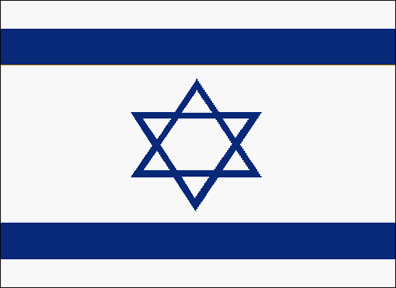Index | Search |






POB 7061, Tel Aviv 61 070 Tel: 03. 646 2914/03.6462948 Fax: 03. 646.2974The Israel Atomic Energy Commission (IAEC) was established in 1952, under the Office of the Prime Minister. Its first chairman, Ernst David Bergmann, was also head of the Division of Research and Infrastructure in the Ministry of Defense, and held both posts until his retirement in 1966. After Bergmann's retirement, the IAEC was reorganized and assigned overall responsibility for Israel's nuclear weapons program. To facilitate central control, the Prime Minister was made chairman of the IAEC while day-to-day operations were handled by a Director General, Israel Dostrovsky, who remained in that post until 1971. Nuclear energy activities take place in two centers: the Nahal Soreq Nuclear Research Center and the Negev Nuclear Research Center. The Israel Atomic Energy Commission advises the Government on all matters concerning the advancement of nuclear research and development, and the setting of nuclear policy and priorities. The Commission implements policies laid down by the Government, and represents Israel in its contacts with national and international nuclear research institutions.
The Nuclear Engineering Division (previously the Power and Water Unit) deals with a number of areas, including the following: promoting power reactors in Israel and developing the requisite infrastructure; nuclear fuel and nuclear waste disposal; long-term planning, including examining advanced reactor technologies and considering their future application in Israel; research into the integration of water desalination and atomic energy.
The Licensing and Safety Division drafts general safety goals and technical-safety criteria to govern the planning, construction, and operation of nuclear power plants in Israel. It also examines the safety aspect of all work related to the construction of such power plants. In April 1948 the Isotope Research Department was founded on the Weizmann Institute campus. Scientists from various disciplines and a supporting staff were set to work to determine the mineral potential of the Negev, at that time a rather unknown territory, particularly with respect to strategic materials. The field operations consisted mainly of mapping, physical sampling, and on-site measurements. This was backed up by extensive laboratory work at the Weizmann Institute, including various experiments aimed at determining the feasibility of extracting the materials of interest from the different ores. Among their discoveries were the substantial phosphate deposits which today are the basis of one of Israelís largest industries. When the Israel Atomic Energy Commission was established, the Isotope Research Department's experience and results were put at its disposal.In the late Ď50s, high hopes were pinned on nuclear power as a prime source of energy, and as the main alternative to fossil fuels when they run out. The IAEC undertook a comprehensive survey of the country's natural resources and trained scientific and technical personnel. An atomic reactor was constructed with U.S. assistance south of Tel Aviv, and a second one was built with French help in the Negev.
Technologies for desalinating sea water were being successfully developed in Israel and other countries. The key to their economic viability was a cheap source of energy. Nuclear energy was considered early on for this application. The most ambitious plan in the 1960s was a joint project with the US Atomic Energy Commission to establish a dual-purpose (i.e. electricity plus desalination) plant of some 300-megawatt capacity. Israel was to provide the desalination know-how and the Americans the nuclear part. This cooperative project proceeded well and a demonstration desalination unit powered by a conventional energy source was built at the Ashdod power station. But in the meantime the retreat from nuclear energy had begun, and so in the early 1970ís the project was scrapped.
As of 1998, according to the IEC (Israel's monopoly national utility), Israel had about 8 gigawatts (GW) of installed electric generating capacity, with 70% accounted for by coal-fired plants, 25% by fuel oil-fired units, and the remainder by gasoil and independent power producers (IPPs). Besides coal and oil, future sources of electric generating capacity may include natural gas supplies, particularly from Egypt.